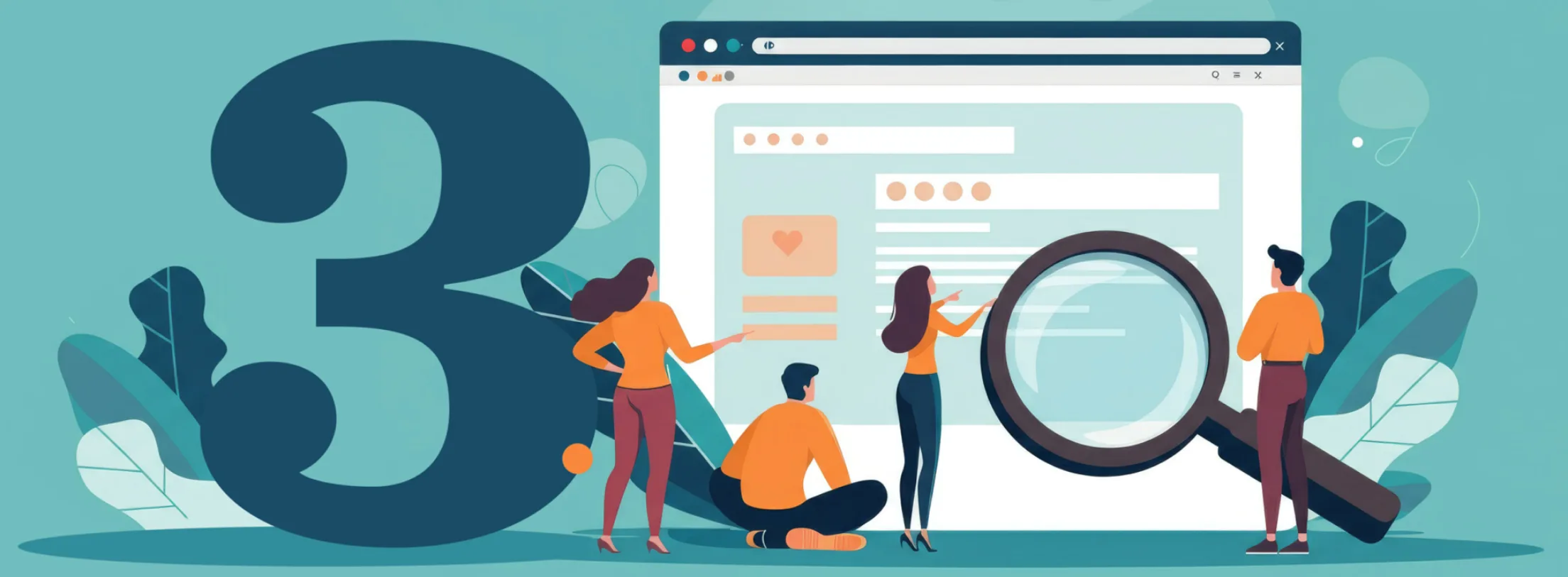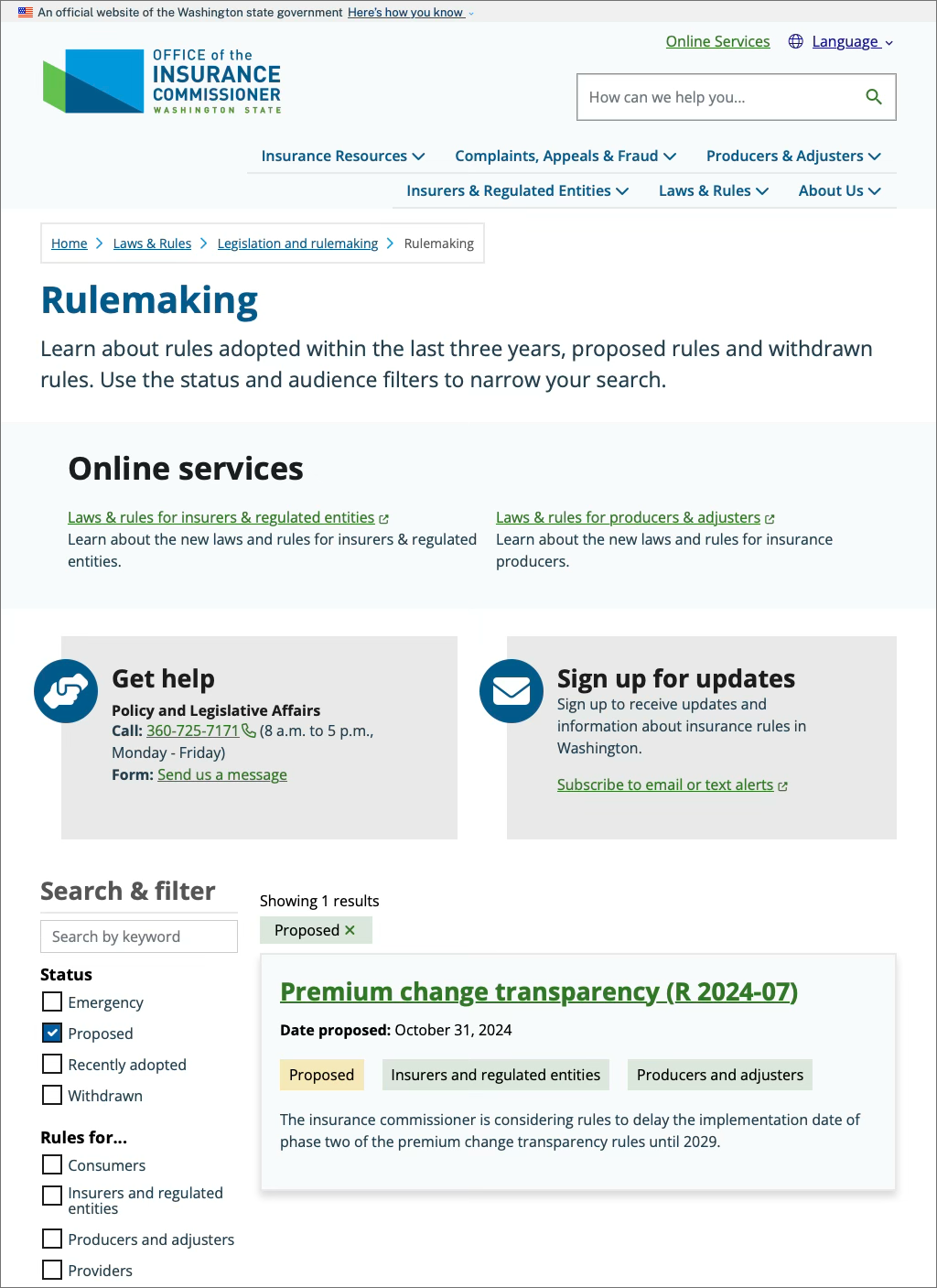Article:
3 Tips for Creating Great Web Content for Government Agencies
Categories
A well-organized website helps people access essential services quickly and easily. When content is clear and consistent, teams work more efficiently, and users can find what they need without frustration.

We helped the Washington State Office of the Insurance Commissioner (insurance.wa.gov) streamline their website, align teams, and create content that is useful, usable, and accessible. Here are 3 expert tips to help your agency achieve the same—so your web content works for both users and your team, and is easier to maintain.
Tip 1: Remove Redundant, Outdated, or Duplicate Content
Does this sound familiar? You log into your CMS and find page after page of duplicate or outdated content. Over time, content becomes irrelevant or repeated across multiple pages, confusing users and web administrators. At Anthro-Tech, we address this problem by categorizing and analyzing content with a content audit and inventory.
When working with the Office of the Insurance Commissioner, we found multiple cases of duplicate content across their website. We helped their team merge or archive more than 300 pages, simplifying the maintenance experience for staff while making it faster for users to access the information they need.
Key Takeaway
Conduct regular content audits. Remove redundant pages and archive content that no longer serves your audience to reduce your team’s workload and user frustration.
Quick Win
Don’t have time for a full audit? Start small– focus on a section of your website and identify outdated or duplicate pages.
Tip 2: Create Opportunities for Teamwork
When multiple teams manage content in isolation, it leads to inconsistencies, duplicated effort, and confusion. Government websites need open communication and collaboration from everyone involved—not just a few content owners.
The solution? Collaborative workshops.
While partnering with the Washington State Office of the Insurance Commissioner, we held stakeholder workshops to align their goals, resources, and processes. These sessions led to shared terminology, standardized workflows, and stronger communication—ensuring content is consistent, up-to-date, and easier to manage.
Key Takeaway
Collaboration prevents siloed work and creates opportunities for efficiency that teams might otherwise miss.
Quick Win
Host a discovery session to help your team align. Even a single workshop can reveal insights, opportunities, and ideas for improving content together.
Tip 3: Use Tags and Metadata Effectively
Tags and metadata are like labels that organize your website’s content behind the scenes so it’s easier to manage and find. For example, a “date” tag could help a government agency categorize events on its public calendar.

For the Office of the Insurance Commissioner, we added a tagging system to track state rule updates. Tags like “status” allow the team to quickly change a rule’s progress (e.g., “Proposed” or “Withdrawn”), while users could filter content to find the most relevant information. This saved time and improved navigation across the website.
Key Takeaway
Using consistent, standardized tags leads to better user experiences and make content updates more efficient.
Quick Win
Review your tags and metadata. Do they help your team stay organized and make content easier for users to find? If not, consider making small, targeted changes.
Why Content Strategy Matters More Than Ever
A poorly structured or outdated website can frustrate users, create miscommunication, and slow access to important information. A thoughtful approach to content helps users find the information they need quickly, reduces confusion, and keeps your website easy to manage.
At Anthro-Tech, we help organizations improve website content and governance. Our services include site-wide content audits, content standards and governance, content strategy workshops, and plain language writing training—ensuring your content is clear, consistent, and easy to maintain while improving user experience.